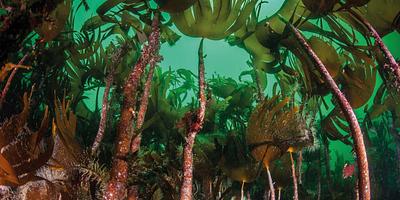
Blue Carbon: An Ally in the Climate and Nature Crises
Corallie Hunt, Marine Sustainability Adviser, NatureScot
Introduction
Scotland was the first nation to declare a global climate emergency. Our global climate is changing due to unprecedented levels of greenhouse gases, such as carbon dioxide (CO2), in the atmosphere. Climate change results in more extreme weather events such as floods and heatwaves, sea-level rise, and has serious consequences for nature, already in decline due to habitat destruction, over-exploitation, and pollution. Nature however, is critical in helping us tackle climate change so it is essential that we address both crises together.
We often hear about the importance of forests in absorbing CO2, but we’re quickly learning that the ocean also has an integral role in regulating the atmosphere. In fact, over half the world’s biological carbon is captured by marine organisms, and every second breath of oxygen we take has originated from the ocean.
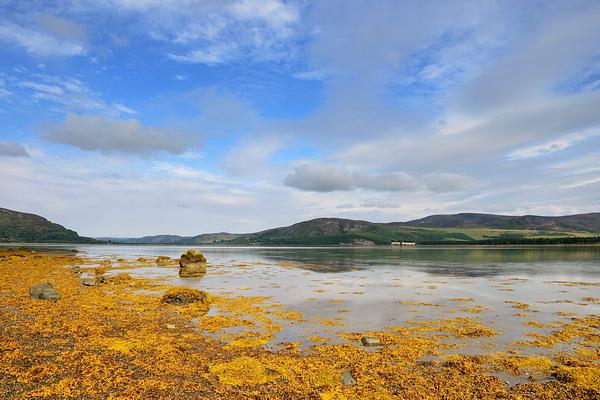
What is “Blue Carbon” and Why is it Important?
Blue carbon is the carbon that is sequestered (taken in) and stored within the marine and coastal environment. Marine plants and algae capture CO2 from the atmosphere using sunlight via a process called photosynthesis. This provides the energy for growth. Over time, carbon is transferred down to plant roots or surrounding coastal and ocean sediments where it can be locked away from the atmosphere for thousands of years. The plants that form three key blue carbon habitats - mangroves, seagrasses, and saltmarshes - are well-adapted to surviving in the salty and low oxygen conditions found in sediments waterlogged by seawater, and they are highly effective at absorbing CO2 from the atmosphere. For the same amount of area, these blue carbon habitats can absorb CO2 two to four times faster than forests on land.
_Richard-Lilley_Project_Seabird_LISTING.jpg)
Scotland’s Blue Carbon
In Scotland, the definition of blue carbon has been expanded from the three traditional habitats to include kelp beds, calcifying habitats and species such as native oysters and a coralline red algae called maerl, and seabed sediments. Research is underway to help us understand how these additional habitats accumulate carbon and contribute to longer-term blue carbon storage. Many of these habitats are protected within Marine Protected Areas for their biodiversity importance, and they also provide multiple other positive benefits for people. These essential ‘ecosystem services’ include providing coastal protection from storms and nursery grounds for many fish species.
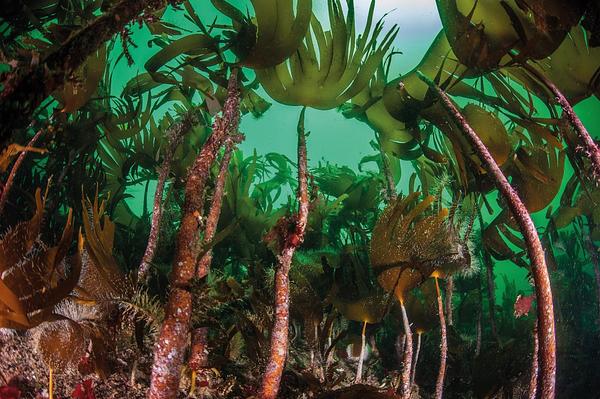
Here in Scotland, the key blue carbon habitats are seagrasses, saltmarshes, and seabed sediments. Seagrasses are flowering plants that live within sheltered areas of the intertidal (the area of the coast between high tide and low tide) and subtidal (under water) zones of the coast. Scotland has about 20% of north-west Europe’s seagrass beds, with the UK’s largest meadow found within the Cromarty Firth. They provide important nursery grounds for fish, store carbon within sediments, and help to protect the coast from storms by absorbing wave energy.
Saltmarshes are found within sheltered coastal bays and are made up of creeks and channels, forming unique landscape patterns. In addition to storing carbon, saltmarshes provide habitat for a range of birds and natural flood defence, and can help to filter water.
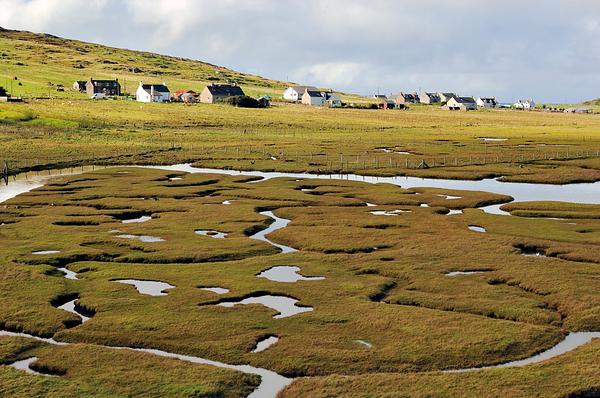
Of all Scotland’s blue carbon habitats, seabed sediments hold the most carbon, even more than the carbon stored in Scottish forests and peatlands combined. An unimaginable 2,622,000,000 tonnes of carbon are stored in the top 10 cm of Scotland’s marine sediments, which is the equivalent of approximately half of Scotland’s annual greenhouse gas emissions. Muddy sediments, such as those found within fjords, are the most carbon rich and are known as ‘hot spots’.
Threats to Blue Carbon
Sadly, blue carbon habitats are threatened by human activity and climate change. Seagrasses have suffered huge declines in UK waters; over 40% of their area has been lost since 1936, due to disease, climate change, invasive species, and pollution. Rising sea levels threaten to erode and eventually drown low lying marshes, resulting in more lost habitat. When these habitats are damaged, carbon may be emitted back into the atmosphere, where it can further contribute to climate change. Activities that physically contact the seabed, such as trawling or dredging, can seriously damage seabed biodiversity in addition to disturbing carbon buried within sediments. What happens to the disturbed carbon is still unknown and a focus of current research.
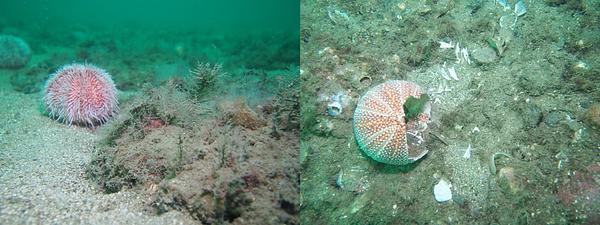
Action for Scottish Blue Carbon
Recognising the critical importance of blue carbon habitats, the Scottish Government has formed the Scottish Blue Carbon Forum, which aims to increase the knowledge and protection of these habitats through coordinated research. Many community-based restoration projects are also underway to create or enhance blue carbon habitats and their ecosystem services. NatureScot has recently published a Scottish Seagrass Restoration Handbook, which provides essential information about the design and location of restoration projects to ensure project success. To find out about some of the current projects, visit Project Seagrass Scotland or Seawilding, for further information.
By protecting and enhancing blue carbon habitats we can halt the loss of biodiversity and maximise the ability of the natural environment to absorb CO2 from the atmosphere. We are also increasing the resilience of the marine environment and helping coastal communities to respond to climate change impacts. Blue carbon is one tool in the toolbox to help us solve and adapt to the joint climate and nature crises, but much is still to be discovered. In a future blog for the Scottish Seabird Centre, we’ll showcase some of the diverse and exciting blue carbon research that is happening here in Scotland!
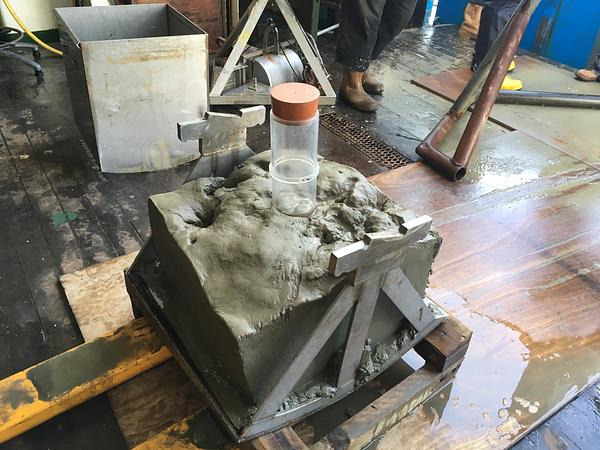
Corallie Hunt, Marine Sustainability Adviser, NatureScot
